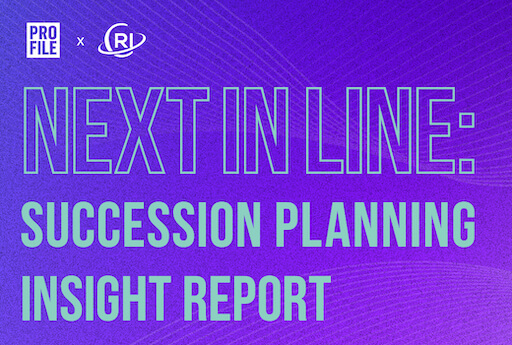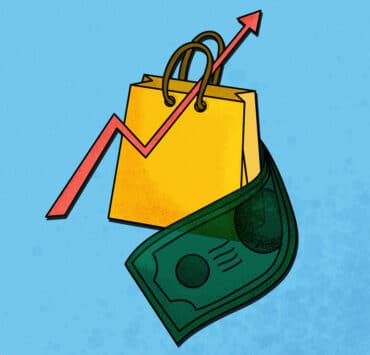|
Getting your Trinity Audio player ready...
|
So much of the promise of the internet, including and especially e-commerce, was that it could support a cleaner, greener world.
And much of that has come true: purchasing merchandise online can save consumers a lot of car trips. In fact, Generation Investment Management (the green financial firm chaired by former US Vice President Al Gore) recently reported that “online shopping at large retailers in the United States is 17 percent more carbon-efficient than visiting traditional stores.”
Generation Investment Management’s report breaks the digital shopping experience into four components:
- Transport (freight, “last mile” delivery, and customer transport)
- Packaging
- Buildings (warehouses and retail)
- Data (data centers and computer networks)
There are a number of strategies and practices (such as minimizing packing materials, using electric vehicles for delivery, and decarbonizing data centers via wind, solar, hydro, and geothermal energy sources) that can further shrink e-commerce’s carbon footprint in each of those four categories.
But there is one aspect of digital sustainability that is not often considered: websites themselves.
The entire chain of actions on the internet runs on electricity, and the majority of that is still powered by fossil fuels. Globally, only about 27 percent of electrical power currently comes from renewable sources.
“Yes, that electricity has to come from somewhere,” writes Chris Adams, a climate-focused technologist and the director at the Green Web Foundation. “Even if you run your own servers on green power, there’s still the rest of the internet you need to be aware of when using digital services . . . one thing that can help is to design like you’re aware of the carbon being burned to use it.”
To put some numbers to it, internet users now number 4.95 billion people globally as of January 2022. That’s 62.5 percent of the world’s population accessing the web via desktop computers, tablets, and phones. It translates to a lot of clicks, particularly for the many users engaging in online shopping.
And unfortunately, every click has a carbon cost. Over a year’s time, the average internet user individually generates 912 pounds of CO2 from the manufacture and use of their digital devices.
Fortunately, some forward-thinking leaders have considered these environmental costs and have devised means of both measuring and reducing the carbon footprint of digital information and e-commerce.
Among those people are Tim Frick, founder of Chicago-based web development firm Mightybytes and a web sustainability advocate and expert. The Mightybytes team has developed a free tool known as Ecograder that evaluates websites’ hosting providers, asset download speed, findability (the easier a site is to navigate, the less energy is used), and usability (how quickly tasks can be completed). Ecograder also assesses Google Page Speed, mobile optimization, and whether a website uses energy-sucking platforms such as Flash.
Over the years, Frick has seen a shift in how tech leaders think about digital sustainability. “There’s a lot happening in digital sustainability right now. In the early days, people had no idea what we were talking about,” he says. “Now it’s changed somewhat, but there are still educational hurdles.”
But through his collaborations with the Green Web Foundation, B Corporations (companies whose dedication to supporting an inclusive, equitable, and regenerative economy has been certified by a third party), and other digital agencies, Frick has seen a steady increase in both his clients and Ecograder users since he first launched the tool in 2013. In fact, to date, “[Ecograder] has crawled millions of URLs,” he says.
And more is still to come. An update of Ecograder is set for release this coming Earth Day on April 22. According to Frick, “it will be more interactive, more actionable, and with easier-to-understand metrics, carbon estimates based on media types (scripts, images, video, etc.), and traffic.”
Making the Grade: 3 Steps Toward a Greener Website
Frick advises his clients to adopt the following web design elements to improve their Ecograder score and overall digital sustainability:
1. Be sure you have a green web host. For the most part, this means the host uses data centers that run on renewable energy or that they purchase equivalent carbon offsets. But hosts’ reliability and customer service should be closely scrutinized (i.e., not all of them perform the same).
2. Reduce “page weight.” According to Frick, this means minimizes site page assets (e.g., images, animations, audio files, and custom fonts), which are downloaded by users and then displayed on users’ browsers. Frick also recommends switching to flat colors and eliminating full-screen background images, as those add to weight as well. This also reduces the page loading time for the user. Overall, Frick says, be sparing about how you build your site—use video backgrounds, image carousels, and animated GIFS only if necessary.
3. Use lower-energy colors without undermining accessibility. Darker colors use the least amount of energy, lighter colors the most. Fortunately, with the increased adoption of OLED (organic light emitting diodes) screens—which replace LCD displays—color will be less a factor in energy consumption.
But what does all this really mean? Essentially, Frick says, the website that is greenest is also the easiest to use. And yes, we can call it a win-win.















